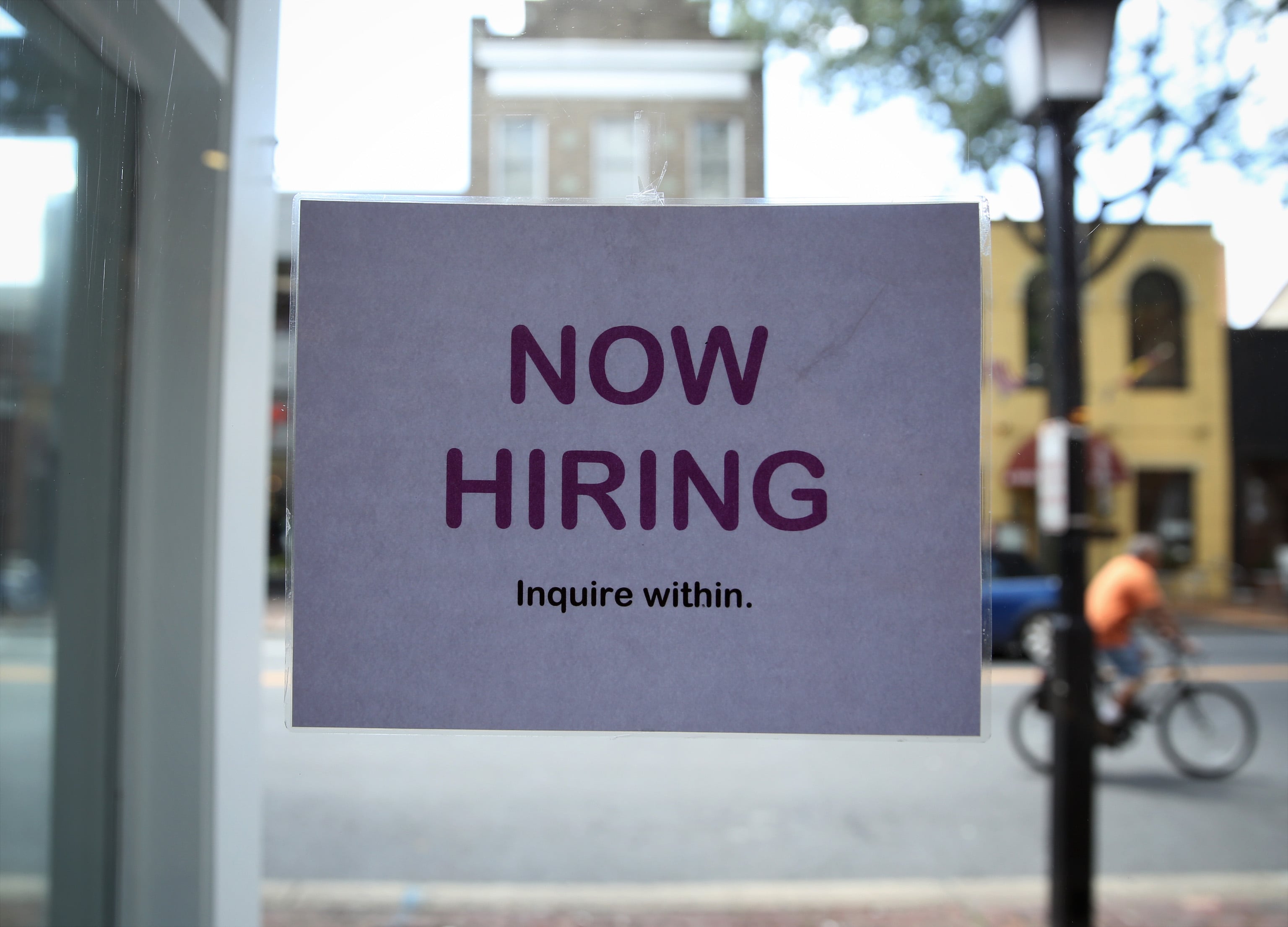Spouses and vets are key to changing ‘broken’ narrative, experts say

A growing trend is painting a picture that military spouses and veterans are “challenged and broken,” and spouses and veterans themselves will be key to changing that narrative, according to a veteran and consulting firm co-founder who is aiming to change that narrative.
Turning those perceptions around — toward a more positive view of the military experience — could be key in addressing issues of military spouse unemployment and veteran unemployment, as well as larger issues around recruiting and retention, according to Kevin Schmiegel, a retired Marine Corps lieutenant colonel who is chief executive officer of ZeroMils, a social impact consulting firm.
“To us, painting a picture that veterans and spouses and our families are broken, are challenged, isn’t right,” Schmiegel said earlier this month at the Defense News Conference.
He and another Marine founded the consulting firm several years ago “in response to growing trends that we saw in the public, private and nonprofit sectors that painted a picture about veterans, military spouses and our families that we didn’t like,” Schmiegel said.
Changing that narrative will help move the needle on spouse and veteran unemployment, he said.
“It’s on us to change the narrative, veterans and military spouses, one at a time,” Schmiegel added
ZeroMils was founded “on the premise that we could work with multiple corporations, multiple nonprofits to change the narrative about how our community is seen and heard in the workplace and society.”
There are other big issues at stake, he said: military recruiting and retention. “The fact is, young people think veterans, military spouses and our families are challenged and broken,” Schmiegel said.
He cited a Defense Department statistic that 62% of young people think all veterans have a psychological disorder.
“That’s largely driven by a narrative from a host of nonprofits that paint a picture that we are broken, we are victims,” he said. If that narrative can change, Schmiegel thinks the numbers of young people with the propensity to join the military will increase.
Currently just about 9% of young people between the ages of 16 and 21 have the propensity to serve in the military, according to a 2022 survey by the National Military Family Association.
Too often, veterans and military spouses have the wrong approach in talking about their service, Schmiegel said. When it comes to hiring military spouses, sometimes employers think it’s a challenge.
“But the landscape has changed. Ten and a half million unfilled jobs in America is a lot of unfilled jobs. As a talent pool, as a resource, there is no better talent pool than veterans and military spouses. We have to start talking to employers that way. When we go into an interview and we’re looking for meaningful employment, I think we need to take the narrative back and talk about our service in a different way,” he said.
For companies and other organizations to say they are “military-friendly and military-ready” isn’t good enough, Schmiegel said.
“What does that mean? You’re doing us a favor by giving us a job? You’re being friendly to us? What are you doing to help us grow and thrive? Culturally, companies have to consider that this is not just about putting butts in seats,” he said. “If you have a skills gap of hundreds or thousands or tens of thousands, you have to build a culture that gives veterans and military spouses more than just a job…. What else are you doing to help them find purpose through continued service?”
Some employers might provide employee resource groups to help veterans and spouses connect with each other, share experiences, and focus on helping them take care of their physical and mental health. Employers need to create a culture for veterans and spouses that improves job satisfaction, performance and retention.
RELATED

Inroads have been made in tackling the problems of veteran unemployment, thanks to efforts of government, companies and private organizations like Hiring Our Heroes. The unemployment rate for all veterans has dropped from 8.3% in 2011 to 3.4% in August, according to the Department of Labor’s Bureau of Labor Statistics.
But spouse unemployment has remained persistently above 21%, according to various surveys, although the Department of Labor doesn’t track spouse unemployment as it does veteran unemployment. A key difference between the two populations is that active duty spouses are likely to move every several years when their service member is transferred, which makes it difficult to find and maintain employment.
Karen has covered military families, quality of life and consumer issues for Military Times for more than 30 years, and is co-author of a chapter on media coverage of military families in the book “A Battle Plan for Supporting Military Families.” She previously worked for newspapers in Guam, Norfolk, Jacksonville, Fla., and Athens, Ga.
Read the full article here







